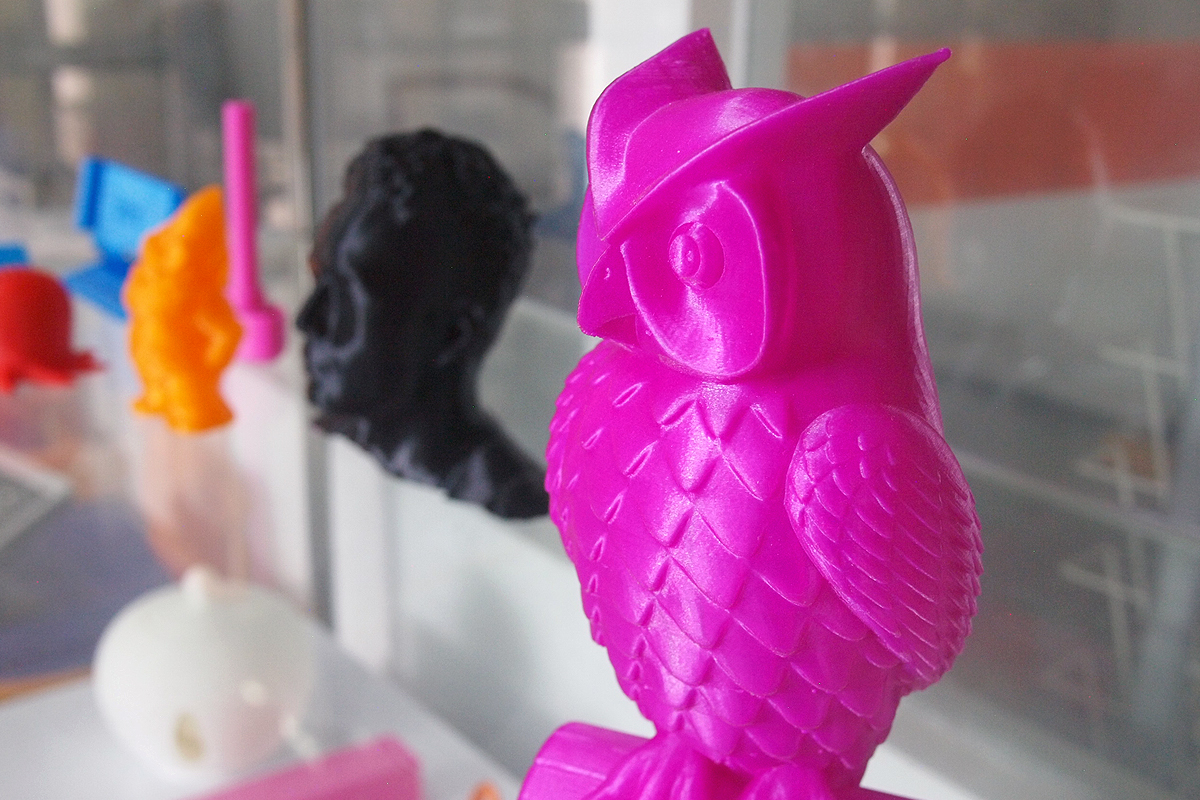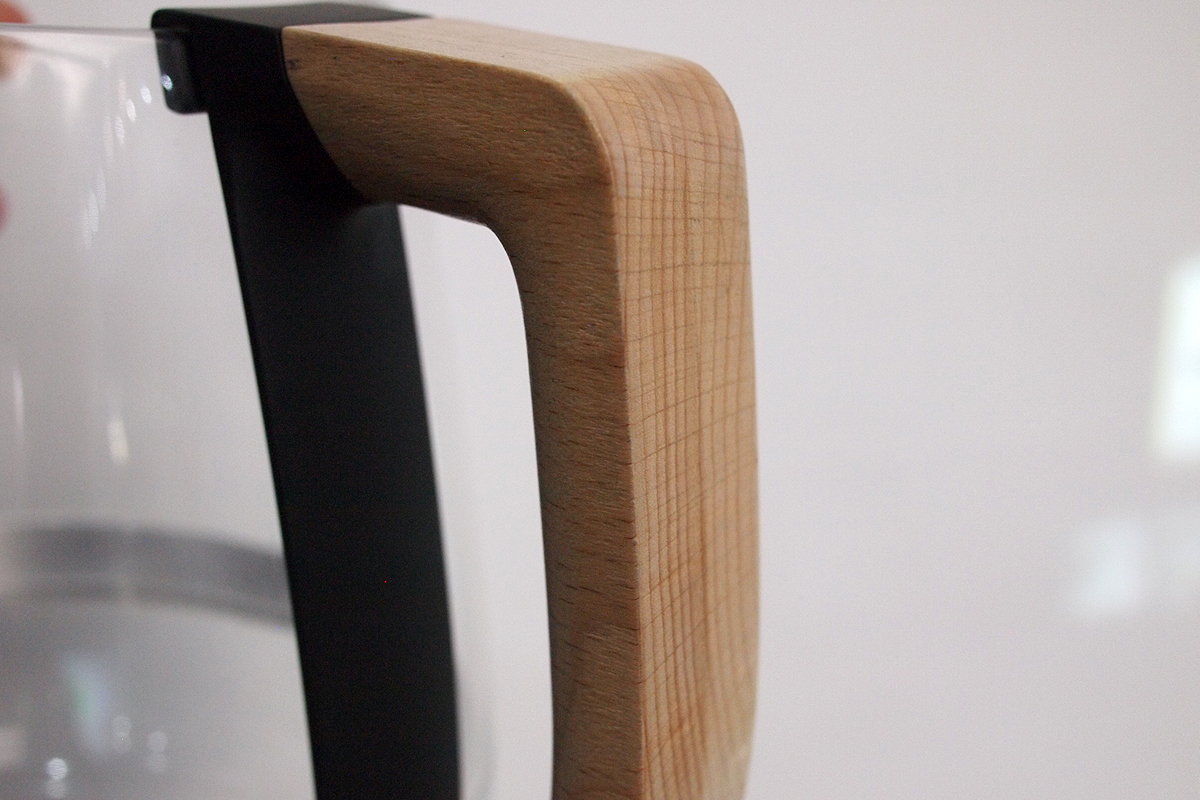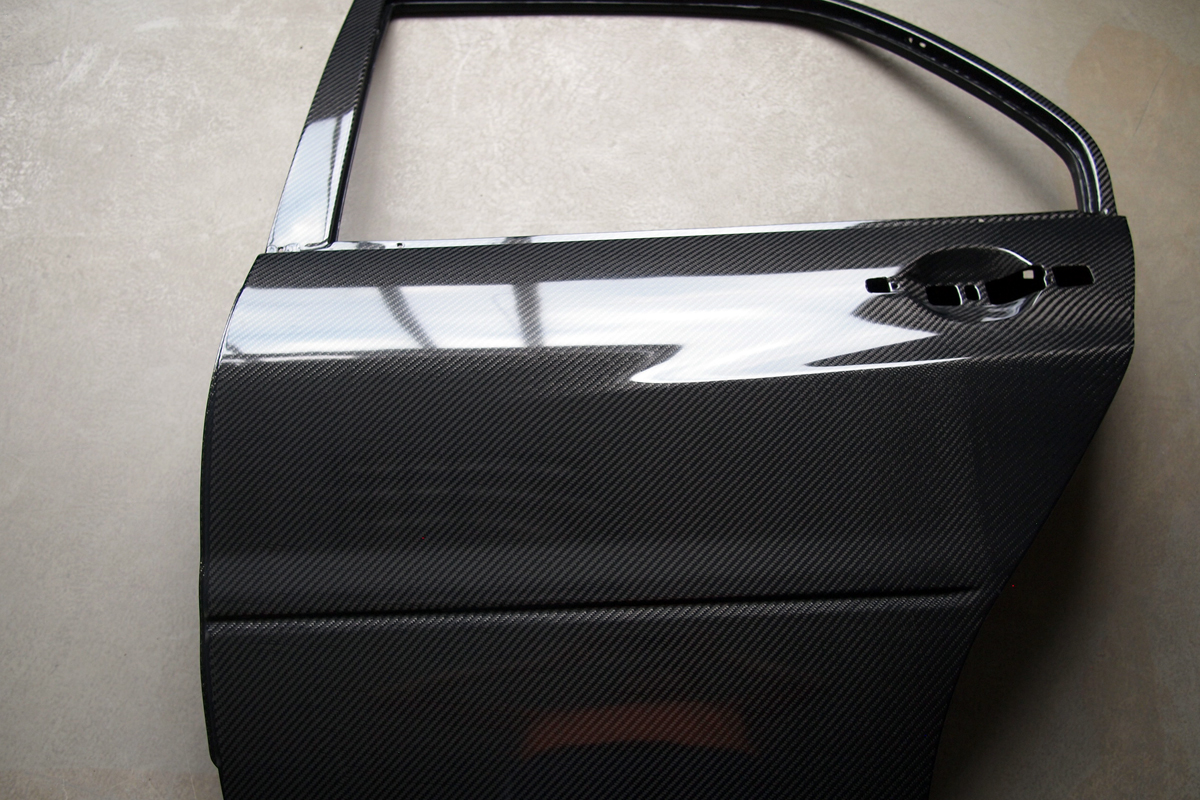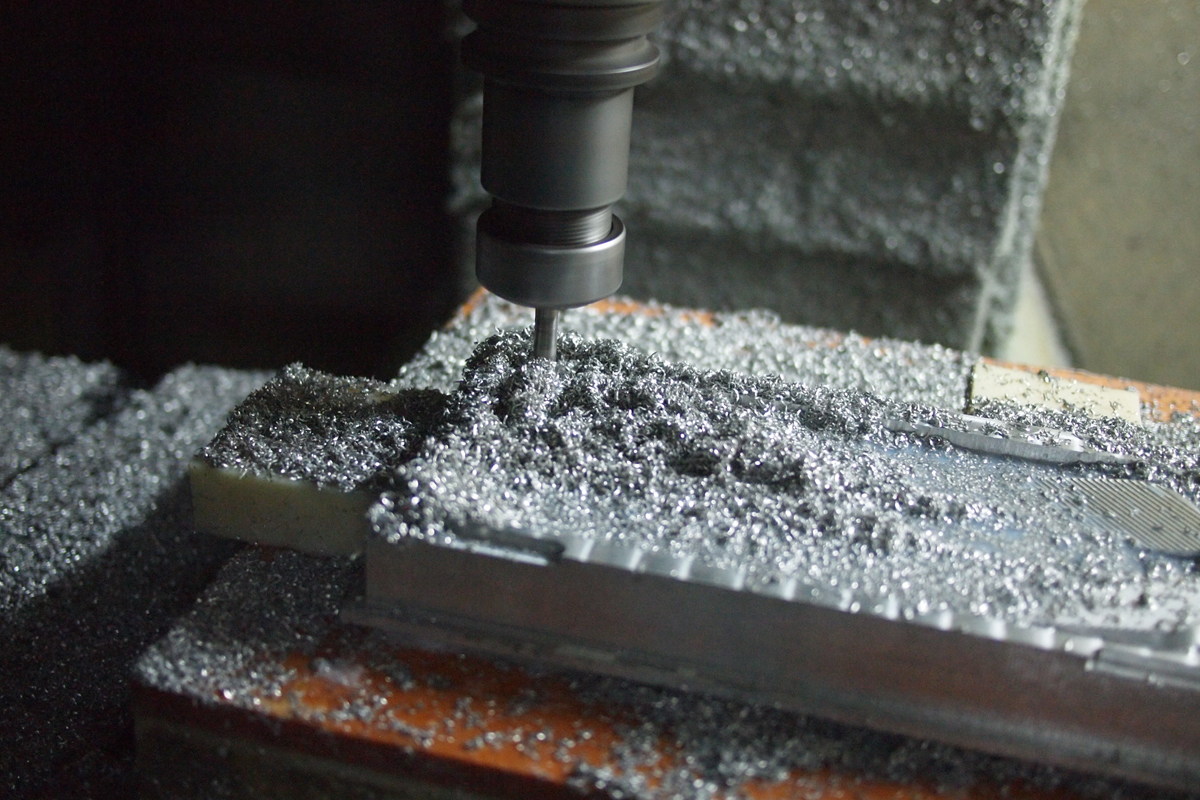Rapid prototyping is used for form exploration and projects that require fast turnaround. At Spark, we use different 3D printing technology to achieve different fidelity of prototyping that meet various needs. SLA is often used for mid to high fidelity prototyping and objects with complex structures. Here are some examples of our rapid prototype capabilities.





































